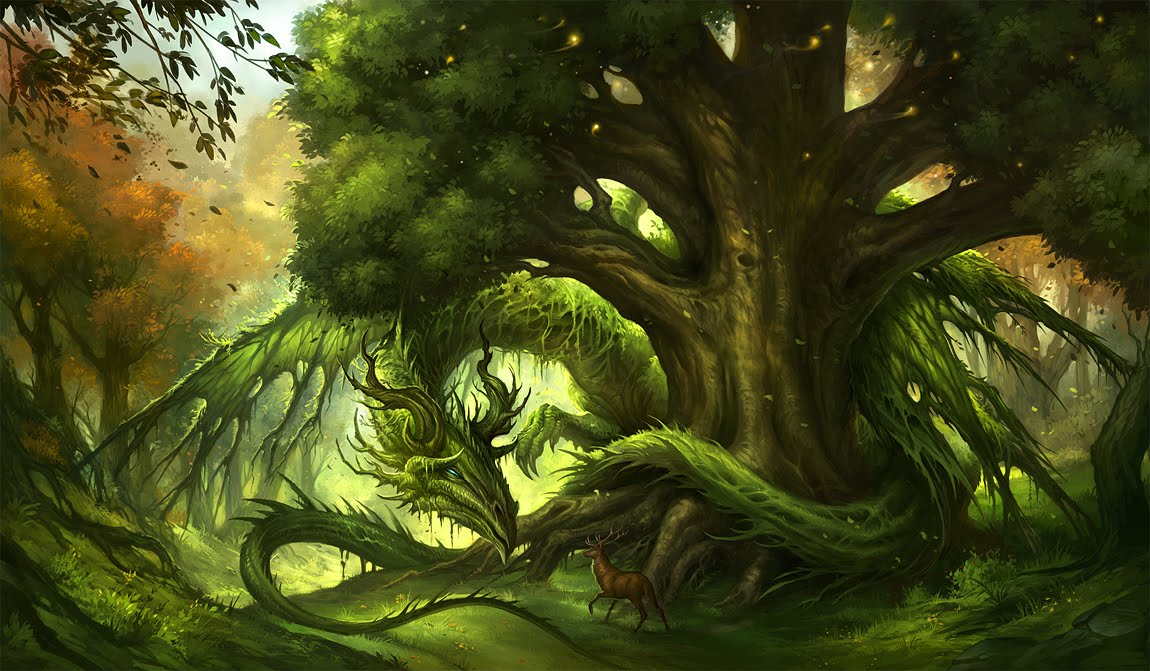Hello my dears Friends~
For my Love of the Hummingbird~
I am going to tell you a little bit about the Long-tailed Sylph Hummingbird- These lovely hummers are the only members of the genus Aglaiocercus which is found on the east slopes of the Andes Mts, but these beautiful hummers only live on the East and West sides of the slopes in the Andes Mts. I found that they are so beautiful and so different from any of the hummer's around here that I wanted to share my thoughts with you all my dear Readers.
a violet throat patch on the male Long-tailed Sylph hummer.The flight feathers are a dark brown on the tail of the long-tailed Sylph and the outer rectories are very long whereas central ones are very short. Their tail feathers are green and violet above and bluish-black below. On his head, the crown is shinning emerald green, turning dark green towards the nap of his neck. The short bill is black and his eyes are dark brown with white postocular spot. These hummer's legs are black too.
females upper-parts are shinning green and their tail is much shorter and notched, with a darker blue green. On the outer rectories are tipped white. On the top of the head of the female long-tailed Sylph hummer is metallic green with a short white malar stripe.
The immature resembles the adult female, but it has slightly a buffy underparts with diffuse green spots. There is a concealed white patch on the lower back of the female too.
There are six-subspecies of this type of hummingbird, but I am not going to go into each of these at this time- At a later post I will explore this more further.
The habitat- These hummers live in humid forest borders, bushy clearing
are visible between 900 and 3000 metres of Elevation.
Behavior- These long-tailed sylph hummers will feed on both the nectar of flowering plants/flowers and insects. Its feeding behavior can be fairly complex and includes trap-lining a circuit of specific plant species and feeding sites. They can be territorial when it comes to the different flowering site of abundant nectar. This means that they can be quite aggressive when it
ailed Sylph hummers have been known to rob nectar from other hummingbirds. It will pierce the base of the corolla and take the nectar in this way instead to enter the bill into the corolla. They will gather at abundant food sources such as the canopy of flowering trees.
They will occasionally hover/these flowing trees and may cling to feed on these abundant nectarine flowers. The long-tail sylph hummers also will perform catching flying techniques. They sit on their perches like hawks, looking for insects high-up in the tall tree tops and dive bomb for the insects. They also will visit small shrubs and can be seen in high elevation of grasslands too.
At the beginning of breeding season, these hummers can become very territorial. The male uses aerial and intimidation displays to defend his territory. He will also give a high-pitched monosyllabic chirps and whistles.
The females are attracted by the beautiful long glossy tail displayed
during the flight. The males performs a U-shape flight which enhances the long-tail following all its movements. However, both
mates reproduce with more than one mate. And will separate after they copulation. The Long-tail Sylph performs mainly altitudes movements, moving from pre-mountain areas to higher regions up to 2500 to even 2700metres and more higher elevations. Breeding- These hummers will breed throughout the year! This is what I found to be very interesting with this beautiful hummingbird is that they breed all year around. Most if not all hummers just do this once a year. Which is very cool. We need more of these gem's in our beautiful World! Their nest is an bulky domed nest with a side entrance. It is made of moss and plant fibres that they find in the high mts.It is attached to one twig or branch and sometimes camouflaged with leaves. It may even have a dangling tail of moss hanging from the bottom of the nest . I hope you Enjoy these hummers as much as I have my dear friends and Followers love you all! Your Wendy- ooo)

























